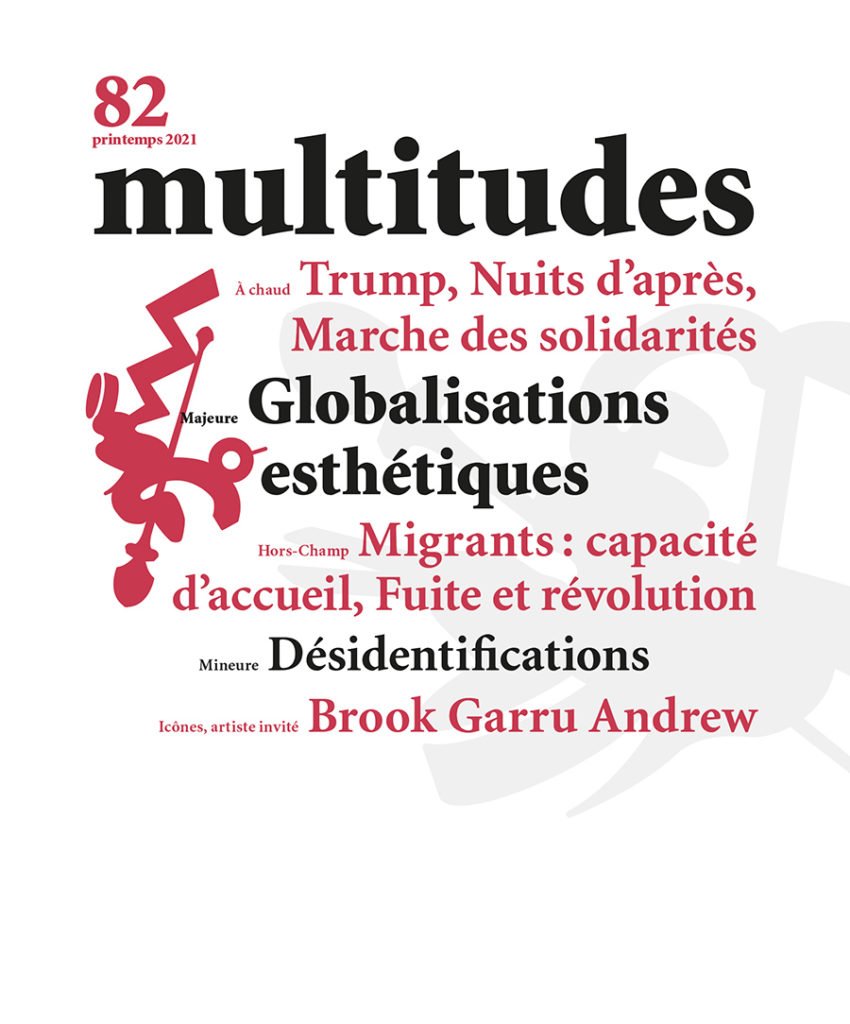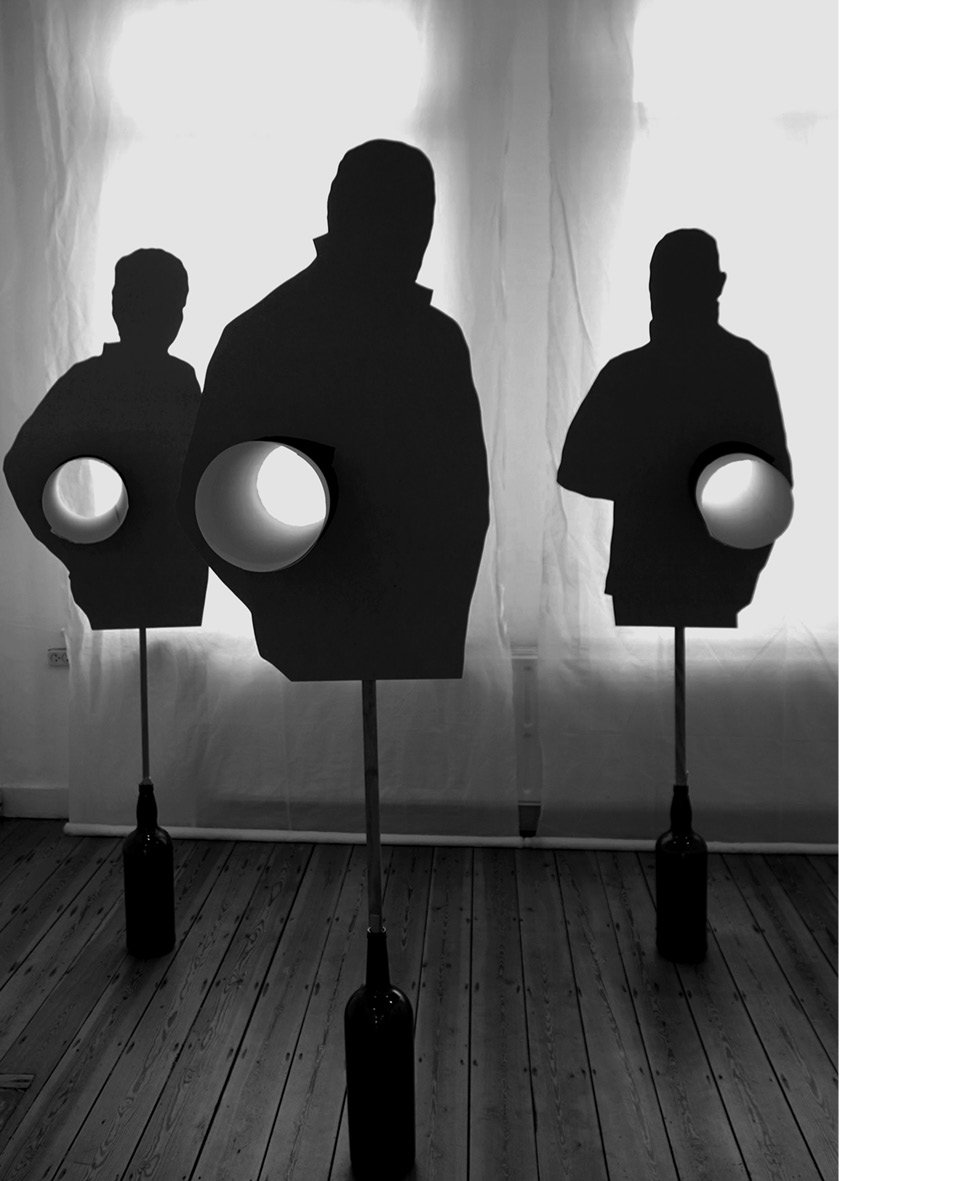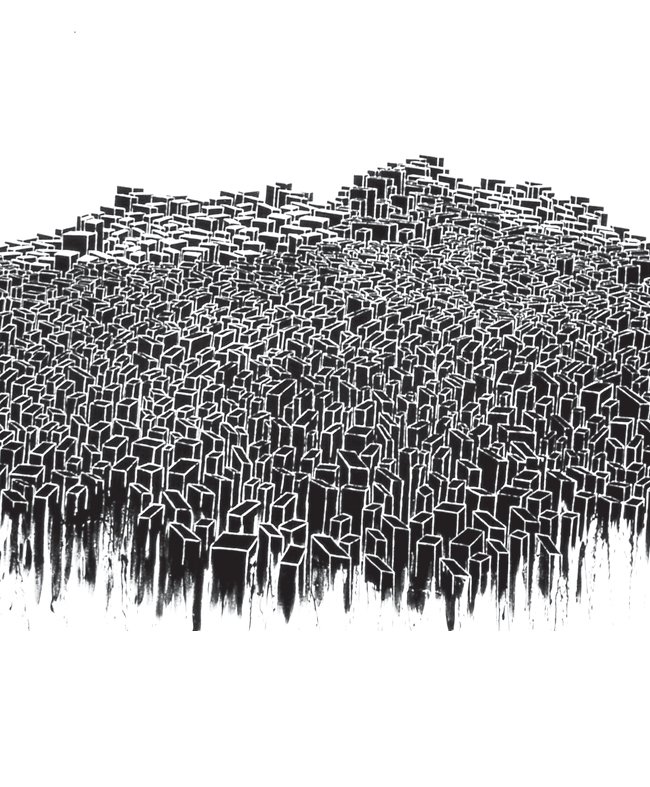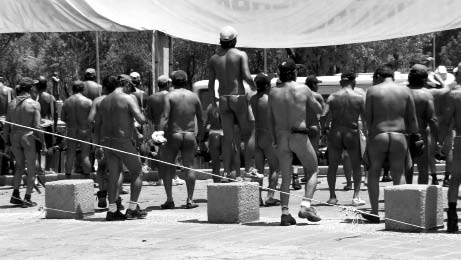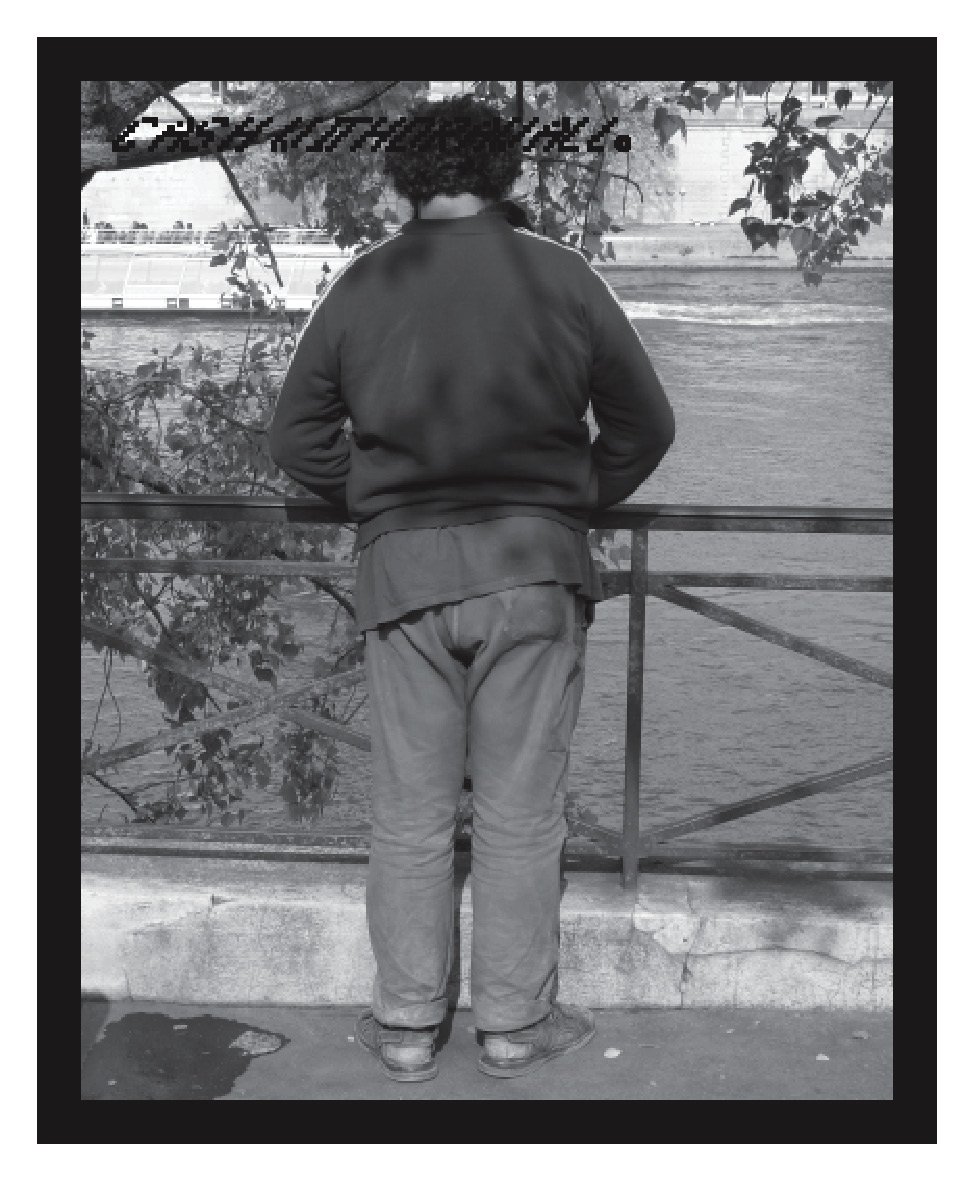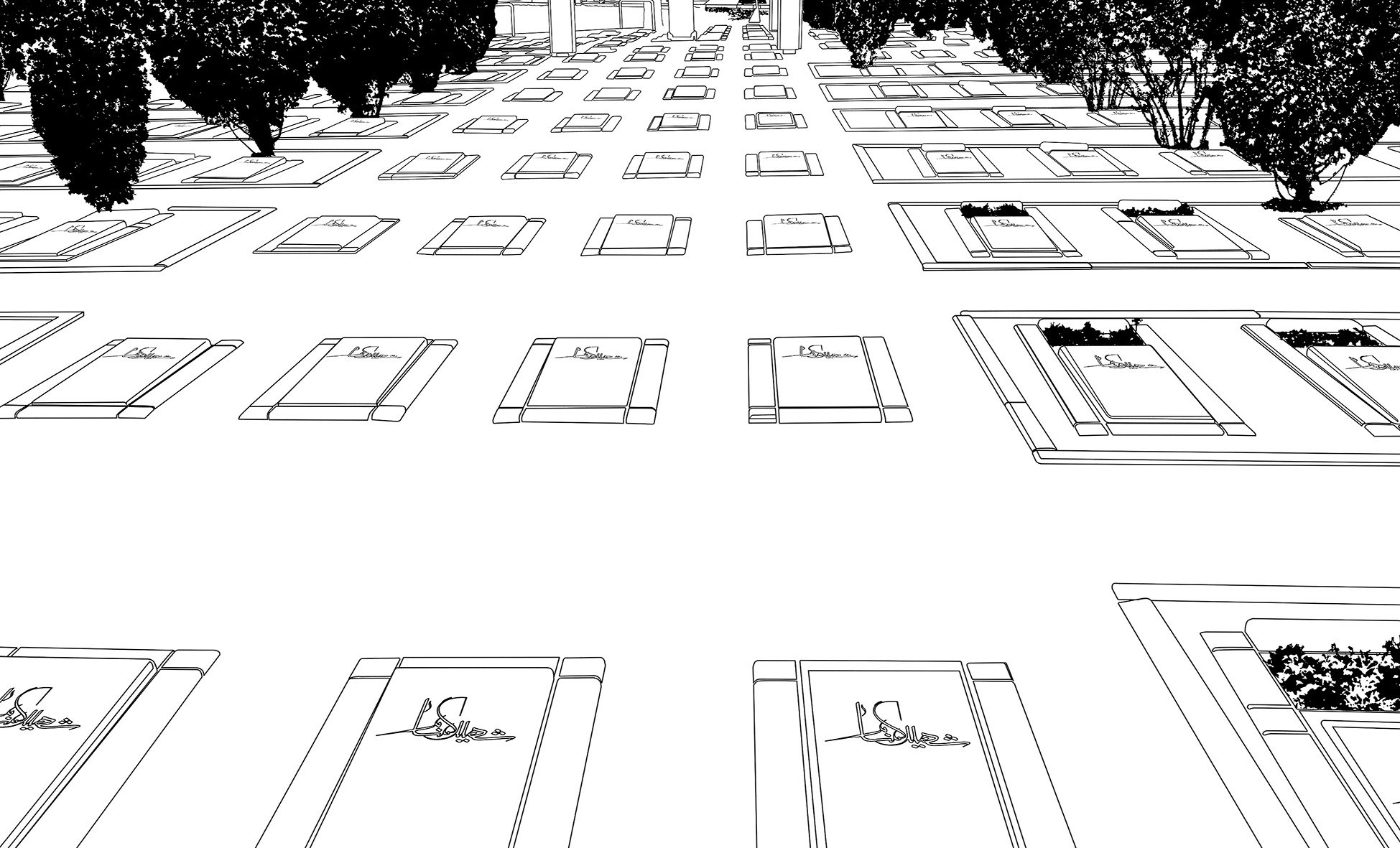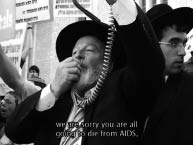Pas de pétrole, mais de l’Auto-Tune !
Cher, T-Pain, Saez, Châton, Booba, Benjamin Biolay, Bon Iver, Yung Beef, Lady Gaga, Neil Young ou encore PNL, tous ces artistes ont en commun l’usage de l’Auto-Tune. Ce dernier désigne un logiciel permettant d’ajuster, de corriger la voix à la suite d’un enregistrement ou durant une performance. Si initialement, l’Auto-Tune permet de chanter juste, cela est également utilisé pour produire des modulations sonores donnant un caractère artificiel, robotique, non linéaire à la voix humaine. Le premier titre avec une présence marquée de l’Auto-Tune est « Believe » de Cher sorti en 1998 qui connaît un succès retentissant. Depuis, si quelques artistes – à l’image de Jay-Z et son titre D.O.A. pour « Death of Auto-Tune » (2009) – dénoncent cette pratique, l’Auto-Tune a conquis l’industrie musicale et serait utilisé dans la quasi-totalité des productions (Reynolds, 2019), toutes les esthétiques confondues. Malgré cette diffusion, encore peu de recherches académiques abordent cette question. Quels sont les enjeux liés à l’Auto-Tune ?
No Oil,
Just Auto-Tune !
Cher, T-Pain, Saez, Châton, Booba, Benjamin Biolay, Bon Iver, Yung Beef, Lady Gaga, Neil Young, and PNL: these artists share a common practice — the use of Auto-Tune, a software that permits the adjustment or correction of the voice after its recording or performance. If initially Auto-Tune was used to correct the pitch, it now is also used to produce sound modulations that give a robotic, artificial, non-linear character to the human voice. The first recording to use Auto-Tune was Cher’s “Believe” in 1998: a direct hit. Since then, if some artists — like Jay-Z and its record D.O.A. for “Death of the Auto-Tune” (2009) — criticize the practice, Auto-Tune has conquered the music industry and is said to be used in most of the musical productions of today (Reynolds 2019) regardless of their aesthetic leanings. In spite of this broad circulation, there are few academic papers tackling its implications. What is at stake in Auto-Tune?

